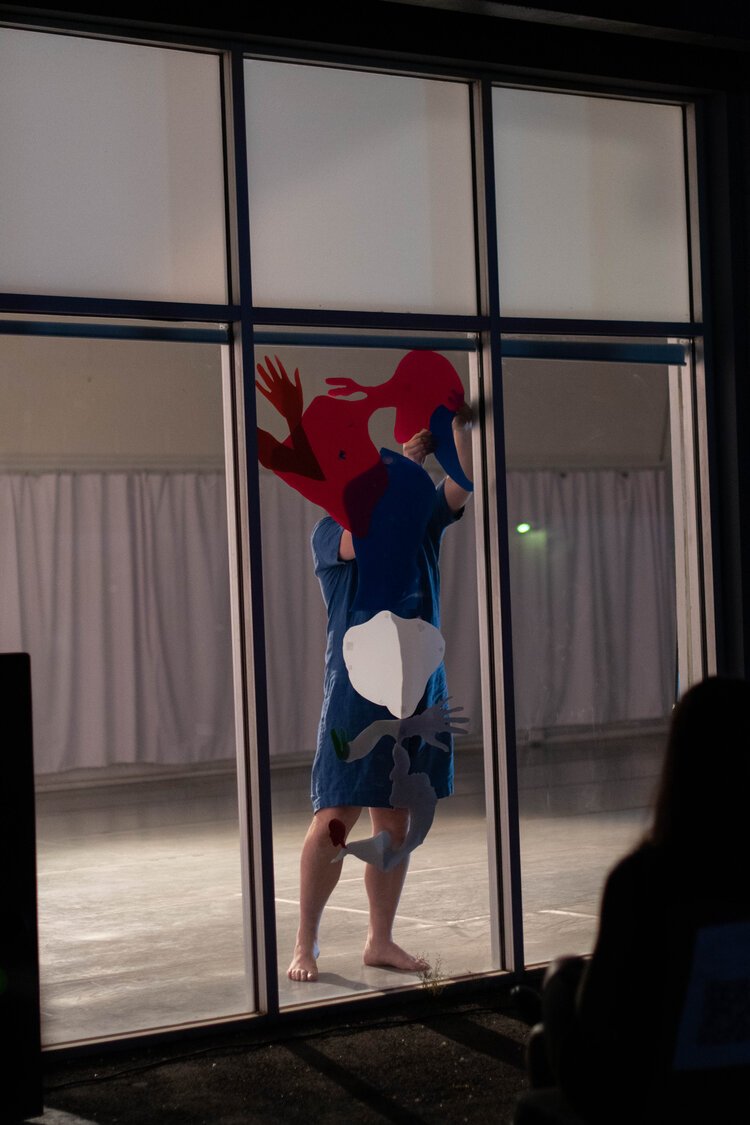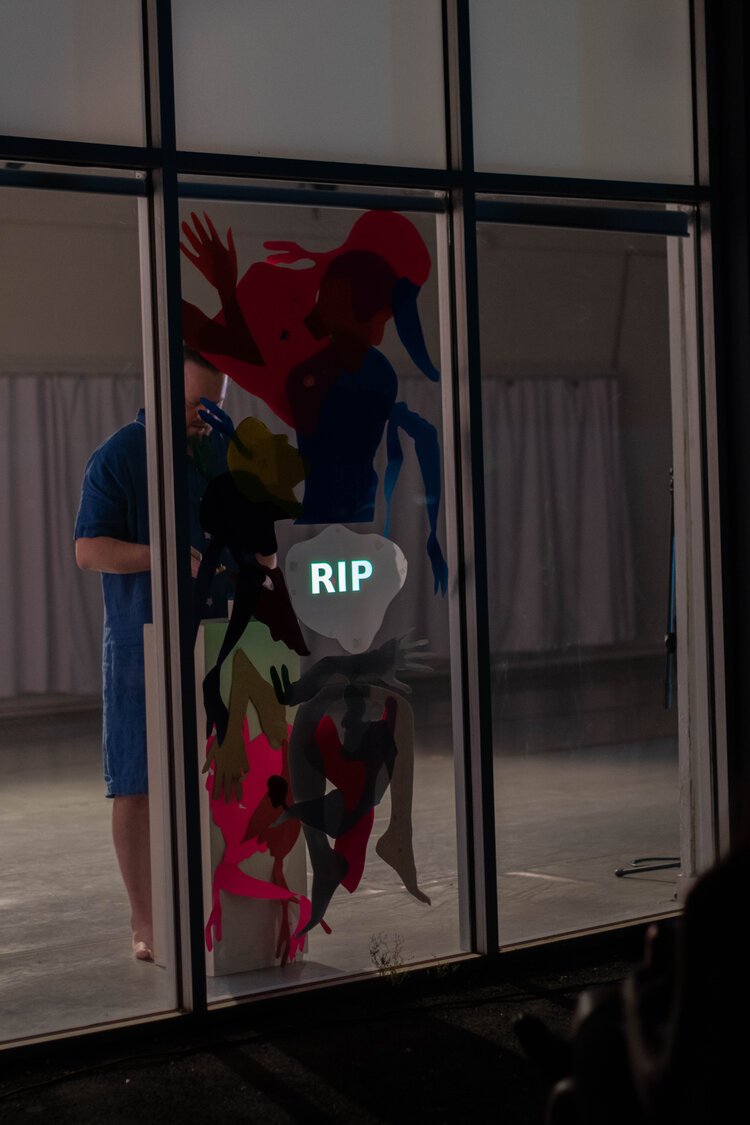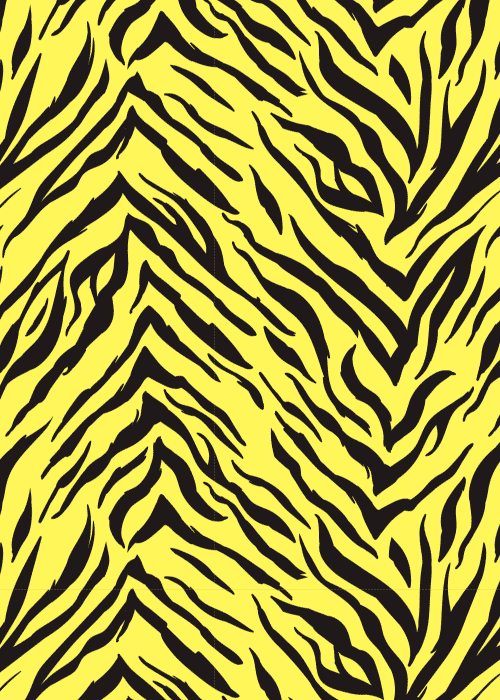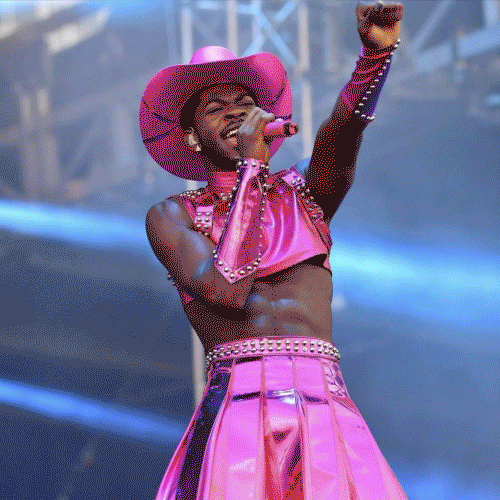Virtuosity now - Sean Nguyen-Hilton’s ‘This Room is a Body’
PHOTO: CHRISTINA MASSAD
When our creative virtues come from institutions that we now want to dismantle, what do we do with the skills that we have cultivated? How can we play within the disciplines we have been shaped by when those disciplines shape the body of hegemony in its most dangerous forms? In which ways can we honor the traditions that we carry while deconstructing and remixing our histories toward the futures we want to author? When virtuosity turns us into commodities for the highest bidder, what can we do to reorient virtuosity now? In his work-in-progress performance of this room is a body for Fly On A Wall’s Excuse The Art performance series, Sean Nguyen-Hilton raises these questions to great effect.
Excuse The Art is a yearly works-in-progress series presented by The Windmill Arts Center in partnership with Atlanta based arts platform Fly on a Wall. Sean Nguyen-Hilton is a co-founder and team member of Fly on a Wall and presented his work-in-progress in the recent Excuse The Art group showing alongside other local artists. This year the Excuse The Art show was organized in a covid conscious way by presenting the performances within a white box dance studio with the audience positioned in the parking lot outside, allowing us to view the evening through the glass store front windows of the Windmill space. This iteration of Sean’s this room is a body is a work-in-progress of a project that he is building into an evening length piece to be performed in the coming future.
In this room is a body, through a collage of action, sound, and language, Sean examines his life as a professional dancer and moves through questions of how to perform himself now. He decidedly rubs up against what the overculture expects of him as a dance maker while tending to his form; accessing his deep knowledge of contemporary dance while offering new possibilities for how one might experience it today.
Sean’s performance begins with a direct address to the audience, sharing with us that he has challenged himself to grow his hair out and create a solo work for himself to perform. He shares that the work is cultivated from researching his own body dysmorphia as he reflects on his identity as professional dancer, and distances himself from the idea of his body as a commodity made of his virtuosity. He shares that he is thinking through these feelings with philosophical texts by Gilles Deluze, Felix Guttari, and Paulo Virno. From the beginning of the piece I am thinking about his body existing inside and outside of the space of performance, and its performance existing inside and outside the space of institution; thoughts around the personal, the formal, and the systematic are amplified by the performer-audience orientation of the evening. After his introduction, Sean shifts the lighting in the space and settles in on center stage, music plays and he begins to dance. At first the movement resembles one of those toys with a string inside where you press and release a button to make the whole thing collapse and resurrect. He drops in and out of the floor, dismantling and reconfiguring the shapes his body is making. Grounded yet fluid, Sean’s awareness of how his body moves, and what this movement might offer a spectator is clear and strong, no doubt honed from his lifetime of working in balletic and contemporary dance forms. The dancing and sound throughout the work evokes a sense of trance, a merging of the material and spiritual worlds, mirroring the amorphous shape Sean and the audience are creating inside and outside of the Windmill’s white box space. While he moves, Sean’s recorded voice reads what feels like a diary entry in the second person, transposing us as audience members for him as we move through his thoughts, feelings, and actions. Through this smart manipulation of language, we become the writer and performer of the piece we are watching, creating a queer sense of personship as we merge with Sean; a collective body as a room with and without walls.
Between sections of his expertly clear and precise dance movement, Sean creates the representational shape of a body pieced together from Matise-like paper cut outs that he tapes directly to the windows of the performance space. He projects a tiny rectangle of light into the stomach of his frankenstein monster showing his dance reel from over a decade ago. A dance reel is a video made of clips of a dancer dancing in different performances across their career, in Sean’s case, a career across competition, ballet, and contemporary dance traditions, creating a sort of visual CV that can be used to audition for work. The use of this video material of Sean as a younger dancer being digested in the stomach of his fragmented body becomes a meaningful symbol for the work that Sean is doing in this performance: processing his body’s histories through the shape he and his art practice now takes. The fragmentation of the body is a recurring theme in my experience of the work. Often only portions of Sean’s body are made visible while the facade of the building sometimes obstructs the audience’s view. He isolates the movement of one body part at a time in the choreography itself. The overall form of the performance is full of interruptions and breaks. All of these choices point toward the relationship of the part to the whole, a metaphor that satisfyingly works on many levels as Sean asks us to think through how we perform ourselves as individuals within the larger systems of control that we function under.
In this room is a body, Sean’s writing acts as an integral guide to the work. Not common to all artists working in dance, Sean’s access to language is one of his many virtues. The words Sean uses offer a dramaturgical landscape for the actions taking place in the performance, revealing an organic and slippery syntax beyond one disciplinary form. Sean actively performs the labor of putting on the show for us, creating a technique for sharing his actions and language while changing technical aspects of the show, revealing the apparatus of the performance itself in real time. Sean displays his virtuosity by including the making-of with the thing itself, controlling theatrical elements with ease, exactitude, and grace, humble and elegant in his skillful presence and clear expression of truth.
PHOTO: BUBBA CARR
For the finale of this iteration of the work, Sean creates an electronic sound score in real time, mixing electronic beats and melodies with a robotic voice reciting text by french philosophers Gilles Deluze and Félix Guattari from a piece titled "How Do You Make Yourself A Body Without Organs". The text and the phrase “Body Without Organs” originally come from the writer and experimental theater maker Antonin Artaud. The phrase in its expanded meaning by these philosophers, refers to a structure or zone, inanimate or sentient, without imposed organization; a form without structure, a fluid container. He opens curtains on the back wall of the whitebox exposing a mirror and interpolating the bodies of the audience into the performance space, further blurring the organization of the show. Another transposition of personhood and authorship as the room becomes a collective body: breathing, moving, processing, witnessing and speaking it's messy living experience into existence together.
While dense with information, heady in its concept and design, and philosophical in its approach, this room is a body maintains a sense of entertaining theatricality and a commitment to body oriented expression. With unquestionable presence, Sean accesses his expertise for eloquent, complex, and fearless movement while using it to question the very form he is working in. Dancing like a professional, writing like an academic, and greeting us like a friend, Sean’s performance of this room is a body is in fact virtuosic while asking us to see his body and himself (and perhaps our bodies and ourselves) as something more than a mere commodity. this room is a body is a meditative swirl experienced at a satisfying clip, an astute work functioning on many levels, leaving me excited to bring these questions to how I perform virtuosity in my own life and to experience how Sean grows as an artist and a human through his work to come.
Learn more about Sean Nguyen-Hilton at:
https://www.seannguyenhilton.com +
https://www.flyonawall.buzz
—
Erik Thurmond is an Atlanta based artist, teacher, and writer. He is on instagram: @actionboardservices and so is his band who he loves: @purepandemia
Archive
- September 2025
- August 2025
- May 2025
- February 2025
- November 2024
- October 2024
- September 2024
- August 2024
- July 2024
- June 2024
- May 2024
- April 2024
- October 2023
- July 2023
- June 2023
- May 2023
- April 2023
- March 2023
- February 2023
- June 2022
- April 2022
- March 2022
- January 2022
- December 2021
- October 2021
- September 2021
- August 2021
- July 2021
- June 2021
- May 2021
- April 2021
- March 2021
- February 2021
- January 2021
- December 2020
- October 2020
- September 2020
- August 2020
- July 2020
- June 2020
- May 2020
- April 2020
- March 2020
- February 2020
- January 2020
- December 2019
- November 2019
- October 2019
- September 2019
- August 2019
- July 2019
- June 2019
- May 2019
- April 2019
- March 2019
- February 2019
- January 2019
- December 2018
- November 2018
- October 2018
- September 2018
- August 2018
- July 2018
- June 2018
- May 2018
- April 2018
- March 2018
- February 2018
- January 2018
- December 2017
- November 2017
- October 2017
- September 2017
- August 2017
- July 2017
- June 2017
- May 2017
- April 2017
- March 2017
- February 2017
- January 2017
- December 2015
- November 2015
- October 2015
- September 2015
- August 2015
- July 2015
- June 2015
- May 2015
- April 2015











